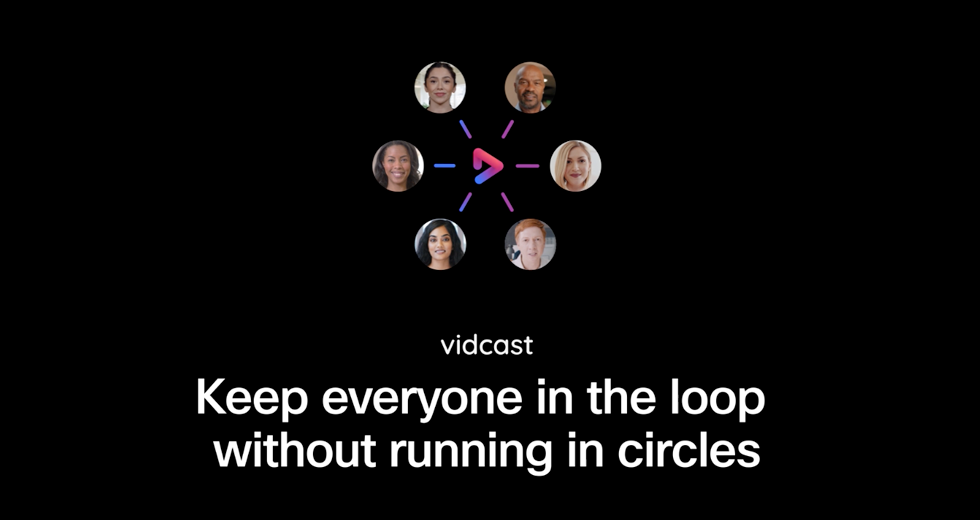Hold engaging video calls with a meeting agenda ahead of time
Meetings can be a waste of time if not run properly. In fact, a 2019 study revealed the cost of poorly organized meetings would be $399 billion dollars, in the United States alone (1).
An important way to ensure meetings run smoothly and efficiently is to set an agenda prior to the call. Setting an agenda is important, so all attendees can come prepared. Often participants join a meeting, not knowing how to prepare, or what the meeting will be about. And as a result, a follow-up meeting is needed, making the first meeting more of a time-suck than a productive call.
Prioritize your time and energy
Before setting an agenda, consider these three things:
1. Understand that you don’t have to solve every problem in one meeting
Think about what can be accomplished.
Meetings have different goals and priorities. While some are brainstorm meetings, others are status updates, or presentations on collected information or metrics data. The list goes on, but a single meeting shouldn’t try to fit everything into one. Before you set an agenda, understand what type of meeting you want to have. This will aid in how attendees prepare beforehand and in knowing how long to set the duration of the call.
2. Consider making meetings shorter
Participants may be more engaged and less likely to multitask in a shorter meeting, knowing they can get back to their work.
Video conferencing calls don’t have to be a designated 30 minutes or 1 hour long. Yes, it’s true that sometimes that amount time is needed, but consider other approaches. For example, let’s take a brainstorm call. Try setting the meeting for 20 minutes and have participants come prepared with ideas they can share for the first 10 minutes. Then, in the second half of the call, have people try and think of additional ideas as a group. After the call, you can narrow down the ideas and send them out, and let people vote. Or set up a second, 10-minute call to walk through the top three and do a final vote.
For a read-out call, sometimes people fill space with information that is too in-the-weeds if there is not clear direction given. Consider setting a shorter call and instruct the presenter to give the top three bullet points and top three lessons learned. Or top three things that can be improved upon. This will shorten calls and keep people focused. If people are interested in more information, they can follow up outside the call.
3. Don’t be afraid of trial and error
Meetings can look and feel different. Try various methods to see what works best for your company.
People work in different ways. What may work for someone, may not work for others. After a meeting, ask for feedback. You may be surprised in what people have to say.
How to plan for and contribute to meetings
What should your agenda look like?
Based on the meeting type, consider:
- What is the objective of the meeting?
- How long the meeting should last?
- How many people need to be on the call?
- Who will need to talk/present?
- Should everyone on the invite actually be on the call? (this is important because you don’t want people to feel like their time is being wasted)
- How long each of those people need to convey information?
An example agenda:
Objective of call:

At the bottom of the agenda (or within it), you can request what each person needs to do to prepare, or what they need to bring to the meetings. For example, do they need to send slides over beforehand? Should they come with one question to ask, etc.?
Additionally, it’s important to let presenters/participants know how much time they have, beforehand. In fact, to keep a meeting on track, you can give a 2-5-minute warning before the transition to the next topic and presenter. Because everyone will have seen the agenda and time allocated, the switch will be smoother and it won’t feel like someone is being cut off.
One last note
Remember, meeting templates can look very different based on the type of meeting. So, create yours to fit your business needs and detail it with as much or little information as it needs. You can experiment to see what works better with your employees.
Preparing for every meeting with a clear objective and thoughtful agenda will ensure a more productive and efficient use of time for everyone involved. Taking the time up front, will go a long way to ensuring you get the most out of each and every meeting.
And if you don’t already have Webex, you can sign up for the free offer, with an unlimited meeting time!
Reference
(1) 2019 study on poorly organized meetings
Learn More
3 tips for managing a virtual get together
Personalize your team meetings with these top four screen sharing features
On-boarding made easier through communication skills and collaboration tools



